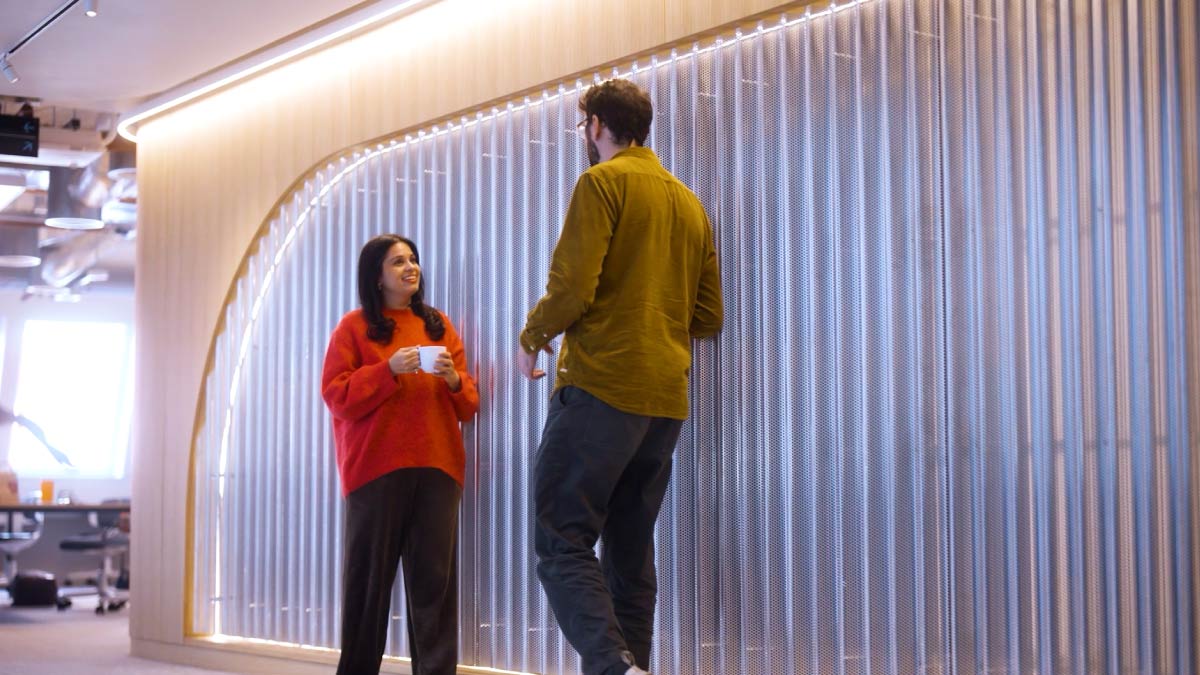Users Pay Only for Bandwidth Actually Used
MENLO PARK, Calif., March 9, 1992 -- A new "dial-on-demand" feature allows Cisco Systems internetwork routers to establish circuit-switched connections on an as-needed basis. Rather than paying for 100 percent of a leased line, customers can use dial- on-demand routing to pay only for the time a wide-area network (WAN) link is actually used.
Cisco is the first multiprotocol router manufacturer to offer on-demand access to switched networks. This new capability will be available as a standard, no-cost software feature on new routers shipped after April. Upgrades to existing routers will also be available.
The offering uses an implementation of the CCITT V.25bis Recommendation announced jointly by Cisco and Ascend Communications in August 1991. The recommendation defines call control procedures for dial-up transmission services.
Automatic Calls Over Any Circuit-Switched Network
Cisco's dial-on-demand feature lets routers automatically place calls over public circuit-switched networks such as telephone lines, ISDN, or switched digital services provided by AT&T, British Telecom, France Telecom, MCI, U.S. Sprint and other common carriers."Until now, routers typically have been linked together over private leased lines or packet-switched networks such as frame- relay," said Lawrence Lang, Cisco WAN product marketing engineer. "But in some cases these approaches don't match a user's application well and result in his paying higher than necessary costs.
On-Demand Topology
"In remote branch offices or construction sites, for example, a connection is required only when reports have to be sent back to headquarters -- maybe once per day or week. Dial-on- demand also provides fault tolerance if a leased line goes down. Depending on the leased-line tariffs effective in a given country or state, this can mean significant savings," Lang said."Combined with our frame-relay support, dial-on-demand means Cisco users can extend their network architectures to an unpre- cedented number of sites more cost-effectively than ever."
Cisco's dial-on-demand software allows a DTE (data terminal equipment) -- in this case a router -- to establish a connection through a DCE (data communications equipment) such as a modem, CSU/DSU, terminal adapter, inverse multiplexer or bandwidth manager.
Packets of Any Protocol Transmitted
A router activates the dial-on-demand feature when it receives a bridged or routed IP packet destined for a location on the other side of the dial-up line. After the router dials the destination phone number and establishes the connection, packets of any protocol supported by Cisco (including TCP/IP, OSI, XNS, AppleTalk, VINES, DECnet, etc.) can be transmitted. When the transmission is completed, the line is automatically disconnected.The Cisco dial-on-demand software will work with any device that supports the international CCITT V.25bis Recommendation. If the device also supports the Cisco-Ascend joint specification, the router can request the specific amount of bandwidth required.
Phase II of Cisco's Four-Phase Circuit-Switching Program
Dial-on-demand routing, along with the Cisco-Ascend joint specification, constitutes Phase II of Cisco's four-phase plan for incorporating circuit-switching data communication capabilities into its routers. Phase I brought dial-backup and threshold-sensitive serial interfaces to Cisco routers. Phase III, scheduled for the second half of 1992, involves a native ISDN Basic Rate Interface, which increases the router's control of call setup and signaling. Phase IV, planned for the first half of 1993, involves a native ISDN Primary Rate Interface, which allows the router to place multiple simultaneous calls todifferent locations across a single network interface port.Posted: May 7 00:03:39 1992



